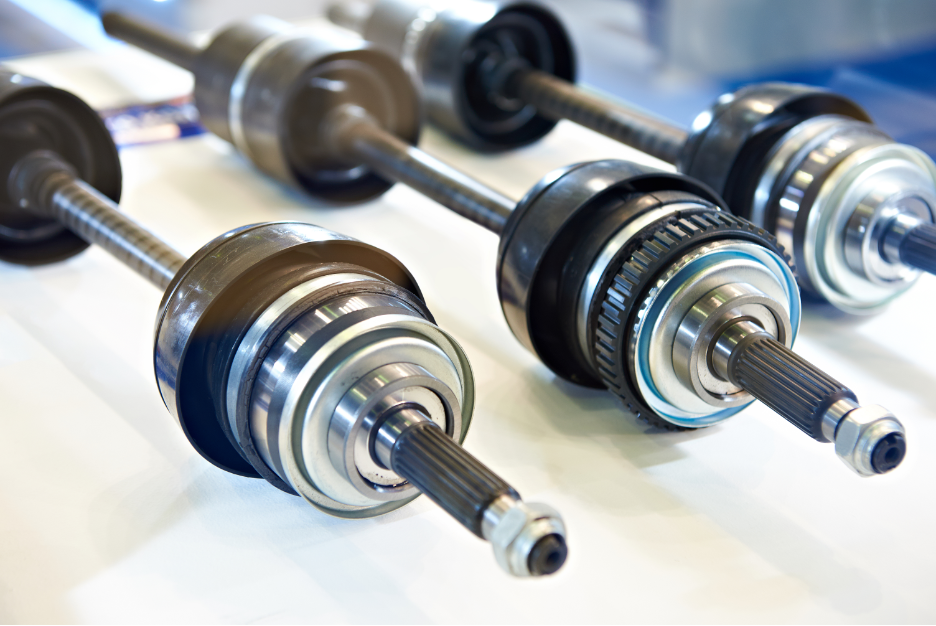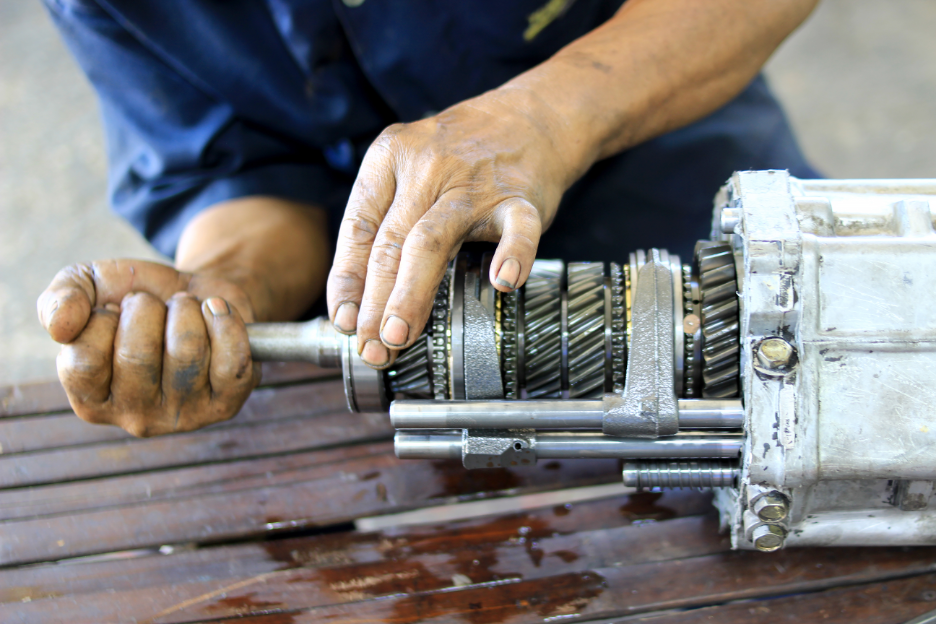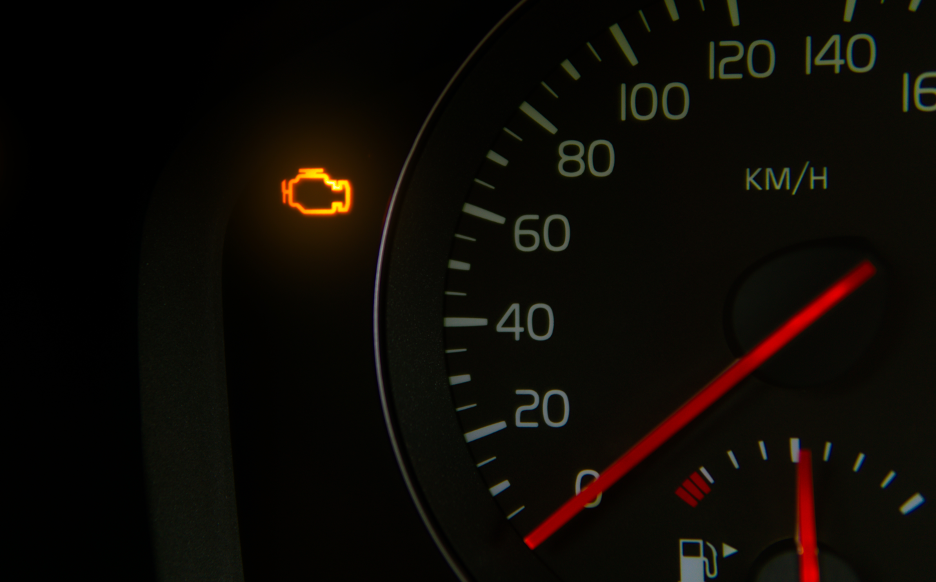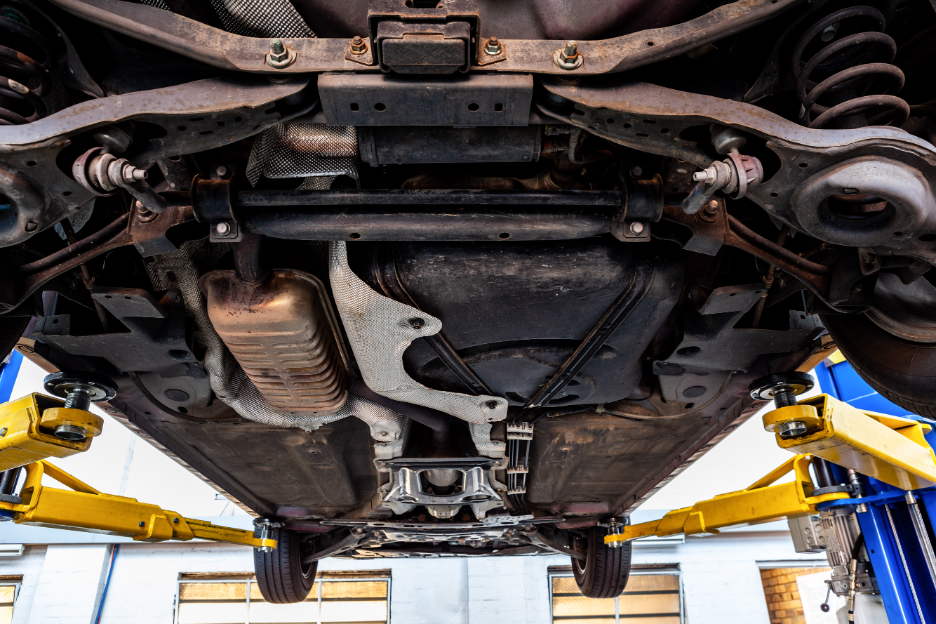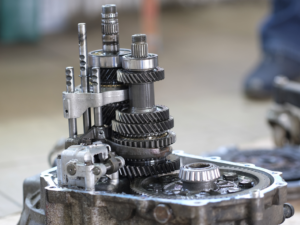 Vehicles are filled with a number of different components. While all vehicle components serve their own individual purposes, some of the most important vehicle components exist within the vehicle’s transmission. When working together, these components create a perfect storm, helping their corresponding vehicle to maneuver and operate at a high level.
Vehicles are filled with a number of different components. While all vehicle components serve their own individual purposes, some of the most important vehicle components exist within the vehicle’s transmission. When working together, these components create a perfect storm, helping their corresponding vehicle to maneuver and operate at a high level.
Wondering how exactly these components do this? Curious as to what a transmission does? You’re in the right place! We’re going to answer those questions below.
What is the Function of a Transmission?
To put it simply, a transmission supplies power to a vehicle’s wheels. It does this by utilizing a series of gears, supplying either more or less power based on which gear position it’s currently set in.
When operating at max capacity, a transmission improves efficiency and helps a vehicle to operate in a smooth and seamless manner. When operating at less than max capacity, it will cause the vehicle to jerk around and burn through gas at a rapid pace.
Transmission Components
There are a number of different components included within a transmission. However, the most vital of these components include the following.
Torque Converter
The torque converter connects the transmission and the engine. This component essentially takes the power from the engine and supplies it to the transmission. In doing so, it allows the vehicle to achieve a desired speed.
Planetary Gearset
The planetary gearset consists of a series of gears. Together, these gears work to accommodate different gear ratios. In doing so, they allow for acceleration, deceleration, and everything in between.
Clutches
Clutches are used to help the transmission shift gears. They engage some gears and disengage others depending on what the engine is telling the transmission to do.
Pump
The transmission pump injects transmission fluid between the torque converter and the planetary gearset. It ensures that gears are moving smoothly throughout the course of their operation.
Sensors
The sensors facilitate communication between the engine and the transmission. They read what the engine is doing and tell the gearset how to accommodate those actions.
Valve Body
The valve body controls the flow of transmission fluid, sending it to different channels of the transmission depending on what gear it’s set in. Typically, the faster the speed of the vehicle, the greater the flow of the fluid through the valve body.
Types of Transmissions
There are two types of transmissions: automatic transmissions and manual transmissions. While both types serve the same purpose, they operate a little differently. The differences between the two are as follows.
Automatic
The vast majority of the vehicles in the world today make use of automatic transmissions. These are transmissions that automatically shift up gears as their corresponding vehicles are accelerating. Conversely, they shift down gears as their corresponding vehicles are decelerating.
Owners of automatic vehicles don’t need to be conscious of their transmissions while driving. Automatic transmissions handle all of their responsibilities on their own.
Manual
Though automatic transmissions are much more common these days than manual transmissions, manual transmissions are still used on occasion. In order to serve their function, these transmissions must be altered by the driver as the vehicle is being driven.
For example, in order to make a manual vehicle accelerate, the operator of the vehicle must manually shift the transmission gears up incrementally. This makes manual transmissions much more difficult to use than automatic transmissions.
In Need of Transmission Repair in Northlake?
Is your transmission failing? In need of transmission repair in Northlake, Illinois? If so, King Transmission Company is the company to call.
In business since 1954, we’ve repaired thousands upon thousands of malfunctioning transmissions. Regardless of the problem you’re experiencing, our team of experienced mechanics can help you.
Contact us now to schedule an appointment!

